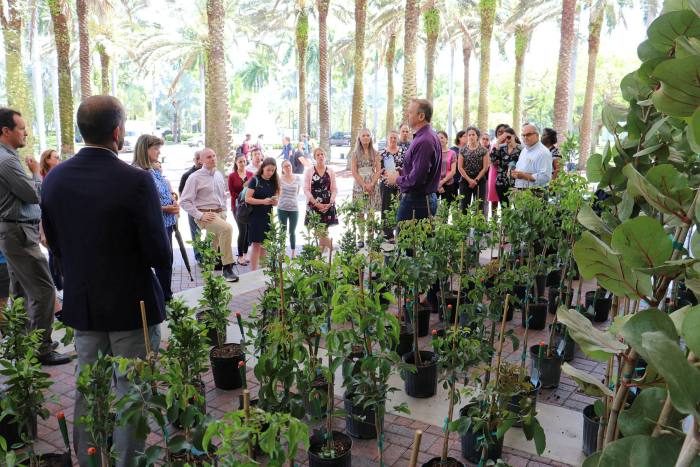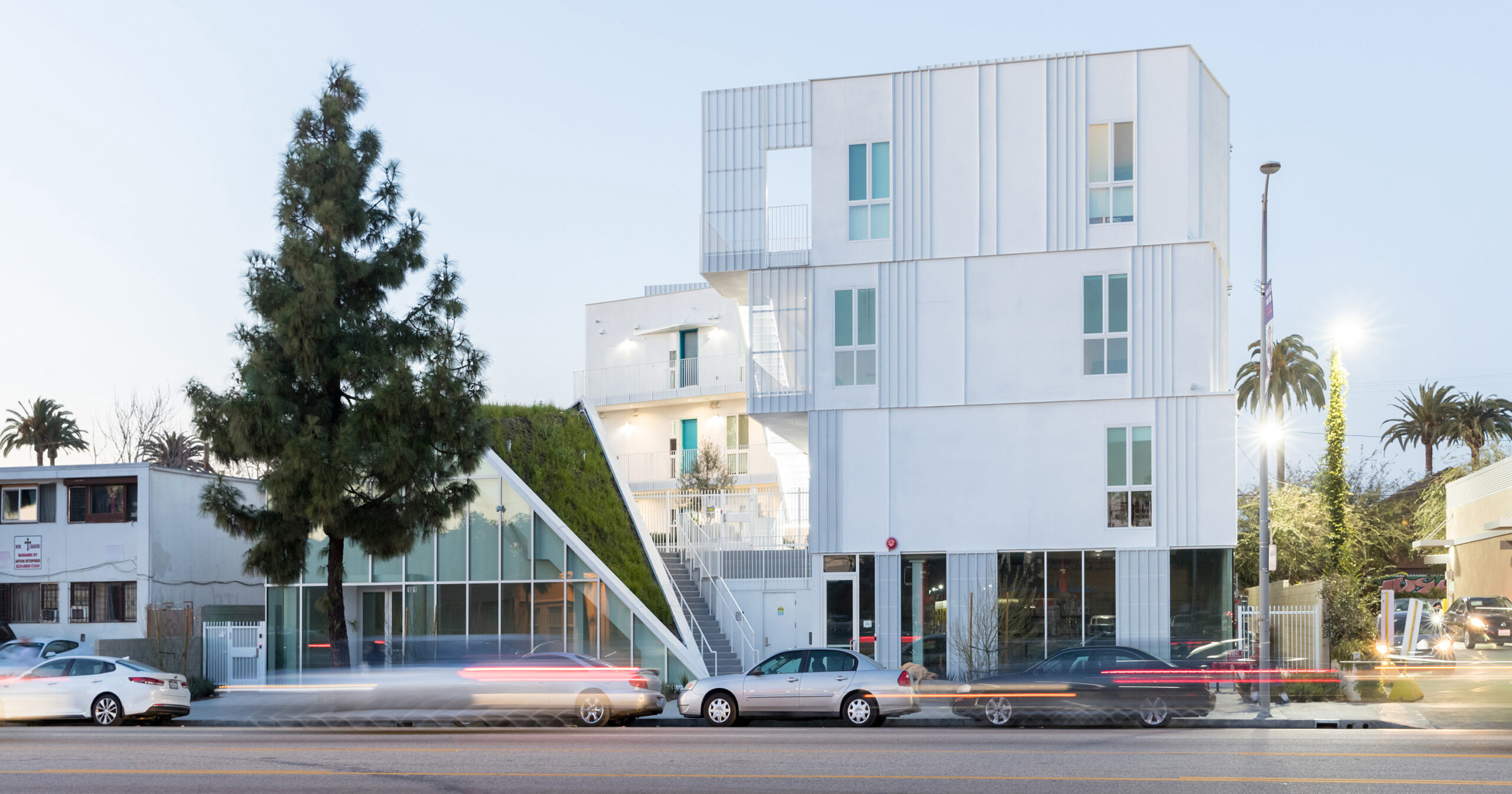This is the 21st edition of the FT’s annual ranking of the world’s top 100 executive MBA programmes for senior working managers.
Participation in the ranking is voluntary and at the business school’s request. EMBA programmes must meet certain criteria to be eligible. First the school must be accredited by either the US’s Association to Advance Collegiate Schools of Business or Europe’s Equis. The EMBA must be cohort-based, with students enrolling and graduating together, and with at least 30 graduates each year.
A total of 136 programmes took part in the 2021 ranking process, including 14 joint programmes delivered by more than one school. Two new schools feature in our table — Moscow’s Skolkovo at 58 and Zhejiang at 65.
Data for the ranking are collected using two online surveys, the first completed by participating schools and the second by alumni who completed programmes in 2018. For a school to be eligible for the rankings, at least 20 per cent of its alumni must respond to the FT survey, with a minimum of 20 responses. Due to the Covid-19 crisis, this year, the FT considered schools with a lower response rate. About 4,770 alumni completed the survey — an overall response rate of around 47 per cent.
FT Executive MBA ranking 2021 — top 100

Find out which schools are in our ranking of EMBA degrees.
Alumni responses inform five ranking criteria: salary today, salary increase, career progress, work experience and aims achieved. Together they account for 55 per cent of the ranking’s weight. The first two criteria about alumni salaries each count for 20 per cent.
Salaries of non-profit and public sector workers, as well as full-time students, are removed. Remaining salaries are converted to US dollars using the latest purchasing power parity (PPP) rates supplied by the International Monetary Fund. The highest and lowest salaries are then removed and the mean average “current salary” is calculated for each school. Salary increase is calculated according to the difference in average salary before the EMBA to three years after completion. Half of the ranking weight is applied to the absolute increase and the other half to the percentage increase relative to pre-EMBA pay.
When available, alumni criteria are informed by the past three surveys. Responses from the 2021 survey carry 50 per cent of the total weight and those from 2020 and 2019 each account for 25 per cent. Excluding salary-related criteria, if only two years of data are available, the weighting is split 60:40 if data are from 2021 and 2020, or 70:30 if from 2021 and 2019. For salary figures, the weighting is 50:50 for two years’ data, to avoid inflation-related distortions.
Information provided by the business schools informs 10 criteria that collectively account for 35 per cent of the final ranking. The ESG category is based on the proportion of core courses dedicated to environmental, social and governance issues. It carries a weight of 3 per cent.
The weight of the faculty and student gender diversity is 4 per cent each. For these gender diversity criteria, schools with a 50:50 (male: female) composition receive the highest score.
The international diversity calculation is based on the overall percentage of students and faculty from abroad as well as the spread of these individuals by citizenship based on the Herfindahl index, a measure of concentration.
The final criterion, the FT research rank, accounts for 10 per cent of the ranking. It is calculated according to the number of articles published by schools’ full-time faculty in 50 internationally recognised academic and practitioner journals. The rank combines the absolute number of publications from January 2018 and around May 2021 with the number of publications weighted relative to the faculty’s size.
The FT rankings are relative. Schools are ranked against each other rather than against set standards. The FT calculates the Z-scores for each criterion. (Z-scores show how far a school’s data is from the mean and are unitless, so they allow the ranking to be based on very different criteria — salary, percentages and points.) These scores are then weighted as outlined in the ranking key and added together for a final score.
After removing the schools that did not meet the minimum response rate from their alumni, a first version is calculated using all remaining schools. The school at the bottom is removed and a second version is calculated. This action is repeated to find the top 100.
Judith Pizer of Pizer-MacMillan acted as the FT’s database consultant.
The FT research rank was calculated using Clarivate data covering 50 journals selected by FT from the Web of Science, an abstract and citation database of research literature.
Weights for ranking criteria are shown in brackets as a percentage.
Salary today US$ (20): average alumnus salary three years after completion, US$ PPP equivalent.†
Salary increase (20): average difference in alumni salaries between before the EMBA and now. Half of this figure is calculated according to the absolute salary increase, and half according to the percentage increase relative to the pre-EMBA salary – the figure published in the table. †
Careers progress (5): calculated according to changes in the level of seniority and the size of company alumni work in now, versus before their EMBA.†
Work experience (5): a measure of the pre-EMBA experience of alumni according to the seniority of positions held, number of years in each position, organisation size and overseas work experience.†
Aims achieved (5): the extent to which alumni fulfilled their goals or reasons for doing an EMBA.†
Female faculty (4): percentage of female faculty. ††
Female students (4): percentage of female students on the programme. ††
Women on board (1): percentage of female members of the advisory board. ††
International faculty (5): calculated according to the diversity of faculty by citizenship and the percentage whose citizenship differs from their location of employment – the published figure.
International students (5): the percentage of current EMBA students whose citizenship differs from the location in which they study, or where the school’s main campus is located, as well as their diversity by citizenship.
International board (2): percentage of the board whose citizenship differs from the location in which the business school is situated.
International course experience (5): percentage of classroom teaching hours that were conducted outside the location in which the business school is situated for the completing EMBA classes from 2018 to 2021 if available. An average calculation was taken from the 2021 survey, if data were available for required overseas teaching sessions, plus the past two years’ international course experience data (from the 2020 and 2019 surveys). Virtual experiences were not included. Due to travel restrictions caused by the pandemic, some schools were unable to provide recent data for this category. If you are a prospective student, please contact the school to check if they are able to offer classes overseas. †
Extra languages (1): the number of languages required on graduation, excluding English. * Programme not fully available in English.
Faculty with doctorates (5): percentage of full-time faculty with a doctoral degree.
FT research rank (10): calculated according to the number of articles published by a school’s current full-time faculty members in 50 academic and practitioner journals between January 2018 and around May 2021. The rank combines the absolute number of publications with the number weighted relative to the faculty’s size.
Environmental, social and governance (ESG) rank (3): proportion of core courses dedicated to ethical, social and environmental issues for the current and recent completing class. Due to the pandemic, some schools do not have a current class, therefore data was taken from their recent completing class only.
Overall satisfaction: average evaluation by alumni of the course, scored out of 10. After alumni answered various questions about their EMBA experience, they were asked to rate their overall satisfaction, on a 10-point scale.
FT ranking tier: schools are divided into four groups. Schools at the top are in tier one and those at the end are in tier four.
† Includes data for the current year and the one or two preceding years where available.
†† For the three gender-related criteria, schools that have 50:50 (male:female) composition receive the highest possible score.



More Stories
Finance Hacks to Boost Your Savings Fast
Finance Tips for Navigating a Volatile Market
Finance Tips to Maximize Your Wealth in 2024